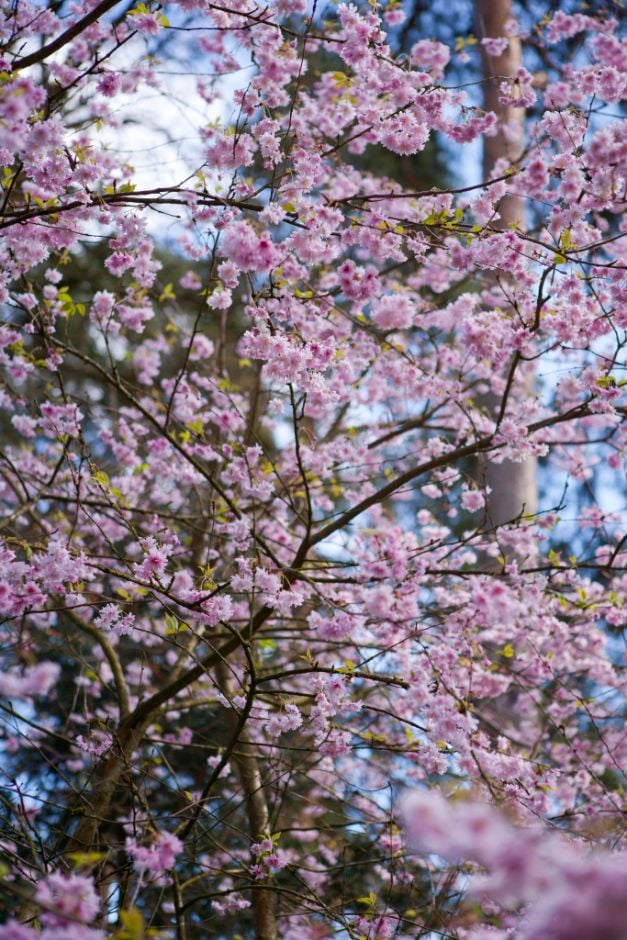Not the plant you're looking for? Search over 300,000 plants
Trees
Size
Ultimate height
4–8 metresTime to ultimate height
10–20 yearsUltimate spread
4–8 metresGrowing conditions
Chalk
Clay
Loam
Sand
Moisture
Moist but well–drained, Well–drainedpH
Acid, Alkaline, NeutralColour & scent
| Stem | Flower | Foliage | Fruit | |
| Spring | Pink | Green | ||
|---|---|---|---|---|
| Summer | Green | |||
| Autumn | Orange Red | |||
| Winter |
Position
- Full sun
Aspect
North–facing or South–facing or West–facing or East–facing
Exposure
Exposed or Sheltered Hardiness
H6Botanical details
- Family
- Rosaceae
- Native to GB / Ireland
- No
- Foliage
- Deciduous
- Habit
- Bushy
- Genus
Prunus can be deciduous or evergreen trees or shrubs with showy flowers in spring, and often good autumn foliage colour. Some have edible fruit in autumn, and a few species have ornamental bark
- Name status
Accepted
How to grow
Cultivation
Grow in any moist but well-drained soil
Propagation
Propagate by semi-hardwood cuttings
Suggested planting locations and garden types
- Cottage and informal garden
- Flower borders and beds
Pruning
Pruning group 1. Prune in summer to avoid silver leaf
Pests
May be susceptible to aphids, caterpillars and leaf-mining moths
Diseases
May be subject to silver leaf, blossom wilt, bacterial canker
Get involved
The Royal Horticultural Society is the UK’s leading gardening charity. We aim to enrich everyone’s life through plants, and make the UK a greener and more beautiful place.
